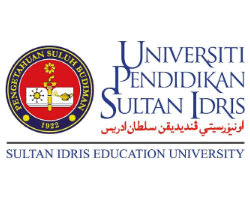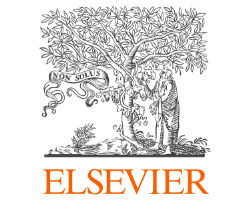Privacy and Customization of Clusters with Application Development
Abstract
This paper presents a high level view of how clusters are being used in large number of domains for preserving and protecting the data. Because of these , clusters are being exposed to many attacks coming from open network.. Hence there are many methods to design a privacy preserving clusters. To ensure these preserving clusters, cluster validity measurements are done for different type of Data. Protocols are used to do the privacy preserving. The clusters analysis are used in banking sector for identification of the bank customer profile. Algorithms are used to find the Sensitive data before making the individual data into clusters of data .and then the privacy is applied only on these sensitive data.
Downloads
References
S. Jha, L. Kruger, P. Mcdaniel, “Privacy Preserving Clustering,” in Proceedings of the 10th European Symposium on Research in Computer Security, 2019.
T. Tian, D. Hua and H. Guoping, “Privacy-Preserving Classification on Horizontally Partitioned Data,” 2010 International Conference on Computational Intelligence and Security, pp. 230-233, 2010.
F. Amiri, G. Quirchmayr and P. Kieseberg, “Sensitive Data Anonnymization Using Genetic Algorithms for SOM-based Clustering,” SECURWARE 2018, The Twelfth International Conference on Emerging Security Information, Systems and Technologies, Venice, Italy, 2018.
R. Alexander, F. Guggenmos, J. Lockl, Jannik G. Fridgen and N. Urbach, “Building a Blockchain Application that Complies with the EU General Data Protection Regulation,” in MIS Quarterly Executive, vol. 18, pp. 263-279, 2019.
A. Holzer and J. Ondrus, “Trends in Mobile Application Development”, Lecture Notes of the Institute for Computer Sciences, Social-Informaticsand Telecommunications Engineering, vol. 12, pp. 55-64, 2019.
I. Y. Panessai, M. M. Lakulu, M. H. Abdul, N. A. Z. Rahman, N. Iksan, R. M. Rasli, M. R. Husin, H. Ahmad, S. A. Ariffin, A. Alias, S. K. Subramaniam, S. Majid, M. A. Bora, A. A. Bilong, N. M. Mazli, “Predicting Students’ Academic Performance: A Review for the Attribute Used,” International Journal of Academic Research in Business and Social Sciences, vol. 11, no. 4, pp. 595-603, 2021.
I. Y. Panessai, M. M. Lakulu, M. H. Abdul Rahman, N. A. Z. M. Noor, N. S. Mat Salleh, and A. A. Bilong, “PSAP: Improving Accuracy of Students’ Final Grade Prediction using ID3 and C4.5”, International Journal of Artificial Intelligence, vol. 6, no. 2, pp. 125-133, Dec. 2019.
Dr. K. Chitra, B. Subashini, “Data Mining Techniques and Its Applications in Banking Sector”, International Journal of Emerging Technology and Advanced Engineeringi, vol. 3, pp. 8, 2019.
M. Pourzandi, D. Gordon, W. Yurcik and G. A. Koenig, Clusters and Security: Distributed Security for Distributed Systems. University of Illinois: USA, 2019.
W. Chunqiong, “Research on Clustering Algorithm Based on Big Data Background”, Journal of Physics: Conference Series, vol. 12, no. 2, 2018.
L. Jialiu, B. Liu, N. Sadeh, Modeling Users’ Mobile App Privacy Preferences: Restoring Usability in a Sea of Permission Settings. Carnegie Mellon University: United States, 2018.
M. S. Baba, I. Y. Panessai, and N. Iksan, “Solving Rich Vehicle Routing Problem Using Three Steps Heuristic”, International Journal of Artificial Intelligence, vol. 1, no. 1, pp. 1-19, Jun. 2019.
I. Y. Panessai, M. S. Baba, and N. Iksan,”Applied genetic algorithm for solving rich VRP”, Applied Artificial Intelligence, vol. 28, no. 10, pp. 957-991, 2014.
F. Ogwueleka, “Data Mining Application in Credit Card Fraud Detection System”, Journal of Engineering Science and Technology, vol. 6, no. 3, pp. 311-322, 2019.
F. Kovács, C. Legány and A. Babos, “Cluster Validity Measurement Techniques”, Proceedings of the 5th WSEAS International Conference on Artificial Intelligence, Knowledge Engineering and Data Bases, 2017.

























